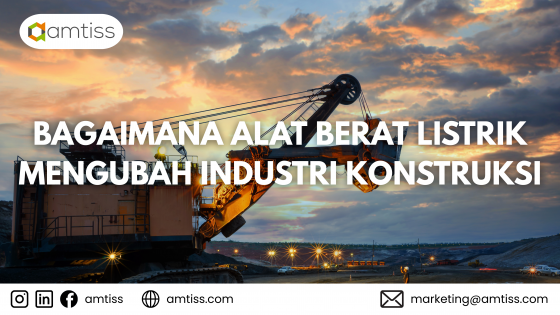- Automate maintenance and operations of machines – Leads to creation of newer collaboration models with OEMs for monitoring via cloud connectivity and networks.
- Standardize processes – Helps build newer business models and highly agile processes at the operations level.
- Improve traceability and visibility – Lets users automatically transfer and receive data over a network without requiring human intervention. Moreover, remote monitoring of operations ensures maximum efficiency, improved safety, decreased variability, and better identification of performance issues.
- Ensure safety of people and equipment – Integrates mine automation system with automated physical elements to create a real-time, multi-dimensional model from a variety of data sources including the sensors on equipment as well as geological and other data. The system can then be used to optimize and coordinate the mine’s layout, operation, and vehicle paths to ensure high efficiency and safety.
- Move from preventive to predictive maintenance – Prevents equipment failure using M2M sensors that can detect the status of the equipment (like temperature, pressure, vibration, speed), collect maintenance history, and determine external weather conditions. Provides analytics to predict failures before they occur, giving the ability to react at the right time. Spare parts can also be ordered well in advance, avoiding express shipping costs.
- Get real-time data and analytics – Uses visualization tools to provide 3D displays of the mine and other related data for use by pit controllers, geologists, drilling/blasting teams, mine planners, and supervisors. Mining vehicles have built-in sensors to measure oil temperature, contamination, tire pressure, bearing rotation, vibration, frame rack, bias and pitch, engine speed, and brake pressure. The data is transmitted remotely and used to recommend maintenance schedules and alert teams about potential trouble before it takes place.
Sources: Digitalist Magazine





